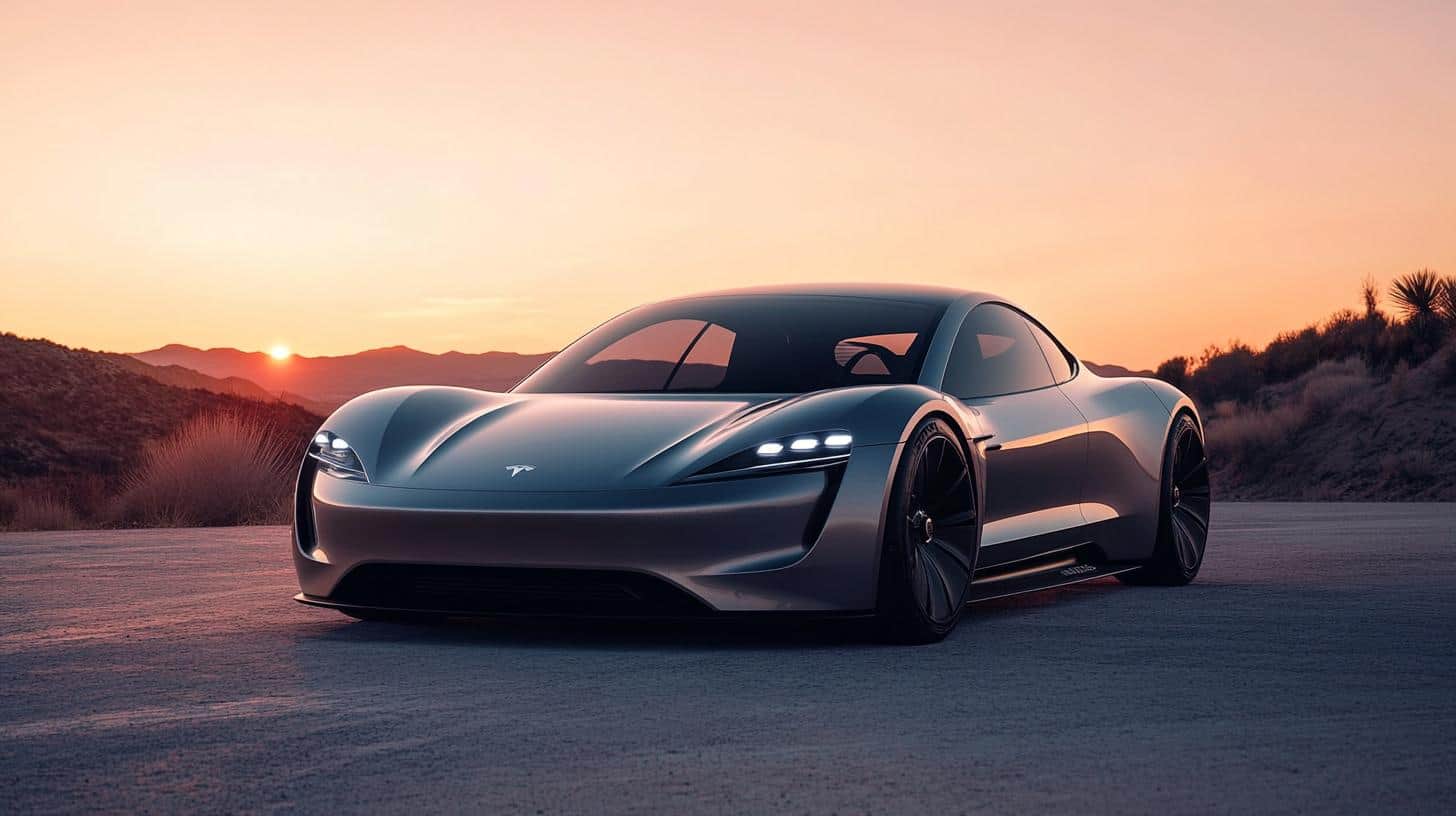The Future of Electric Vehicles: Swift Charging Has Arrived
Electric vehicles (EVs) are evolving at an impressive pace. Consumers eager for faster charging and increased driving range will be pleased to know that the next wave of innovative batteries is already on the horizon. Although conventional lithium-ion technology remains prevalent, an exciting shift is underway with the integration of high-silicon anodes, which promise to enhance both power and performance.
Traditional lithium-ion batteries rely heavily on graphite anodes, but introducing silicon into the mix significantly enhances battery dynamics. While the cost implications remain uncertain, the performance benefits are becoming clear. High-silicon anodes are primarily aimed at boosting charge and discharge speeds, rather than drastically increasing energy capacity.
Mercedes-Benz is leading the charge with its new G-Class EV, utilizing silicon anode cells from Sila Nanotechnologies. This cutting-edge technology primarily targets faster charging times rather than monumental energy leaps. Although companies like Amprius boast of energy and power improvements, practical applications show varied gains, often emphasizing power over energy enhancements.
Enterprises such as Molicel report up to 20% increases in energy along with significant power boosts. Their forthcoming X Series batteries are expected to outperform many existing cells, offering fast charging capabilities without necessarily doubling energy capacity.
Despite the focus on charging efficiency, silicon anode technology is slated to become mainstream before the commercialization of solid-state batteries. The emphasis is on improved charging times, while the broader EV infrastructure gradually aligns with these advancements.
As these revolutionary batteries hit the market, the way we perceive and use electric vehicles is about to change dramatically, paving the way for more efficient and convenient travel.
Electric Vehicle Revolution: Unseen Impacts of Rapid Charging Technology
The rapid evolution of electric vehicles (EVs) is not just a technical achievement; it’s a shift that ripples into the very fabric of society. One of the unsung aspects of this transformation is the broader impact of swift charging technologies on communities, economies, and the environment. As high-silicon anode batteries pave the way for faster charging, let’s explore some lesser-discussed topics related to this technological leap.
Implications for Urban Infrastructure
With the rise of fast-charging solutions, urban infrastructure faces both opportunities and challenges. Faster charging demands more robust electrical grids capable of handling increased power loads in shorter time frames. Cities could see a surge in demand for new charging station installations, similar to the oil boom age with gas stations peppering every corner.
However, this brings about logistical challenges. Can modern cities adapt their electrical capabilities swiftly enough to accommodate this growth? The creation of new jobs in electrical and construction sectors can boost economies, but inadequate planning could lead to grid instability and blackouts.
Environmental and Economic Impacts
Rapid charging technologies can reduce range anxiety, a significant barrier to EV adoption, thereby accelerating the transition from fossil fuel-powered vehicles. As more EVs hit the roads, the demand for crude oil could decrease, potentially impacting economies heavily reliant on oil exports.
Conversely, increased electric consumption could lead to a rise in energy production needs, prompting debates over sustainable sources. Will countries that still rely on coal-fired plants for power production see an environmental benefit, or will emissions simply shift from vehicles to power plants?
What About the Driver? The Human Element
While the focus often remains on the technical side, the human experience with EVs is equally vital. Faster charging translates into shorter wait times and increased convenience, which could lead to increased adoption across diverse demographics. What implications could this have for rural communities where charging infrastructure is currently limited?
Adopters in these regions might still face challenges until infrastructure catches up. However, with swift charging technology bridging the gap, rural areas could see increased investment and economic opportunities as EV accessibility improves.
Balancing the Pros and Cons
Advantages:
– Reduction in Charging Time: Swift charging drastically cuts the time spent recharging, offering near-parity with traditional refueling.
– Economic Growth: Development of new technologies can boost job creation and economic investments in infrastructure.
– Reduced Emissions: Encouraging the transition from fossil fuel vehicles contributes to lower transportation-related emissions.
Disadvantages:
– Resource Strain: Increased pressure on electrical grids demands upgrades which involve significant investment.
– Environmental Concerns: If the increased electricity demand isn’t sourced sustainably, emissions might pivot rather than decrease.
– Cost Uncertainty: Advanced technologies often come with higher costs, which might hinder widespread adoption initially.
Future Outlook and Question to Consider
As we hurtle towards a future dominated by EVs, one must ask: How can we ensure equitable access to fast-charging technology across different socio-economic groups? Developing countries, in particular, could benefit from a collaborative approach combining technological innovation with strategic infrastructure development initiatives.
For more insights, consider exploring main domains such as Tesla and BMW Group for their take on EV advancements and potential solutions to upcoming challenges.
In conclusion, while swift charging technology for EVs certainly holds promise, the full spectrum of its effects will require societal, economic, and environmental consideration to unlock a truly sustainable automobile revolution.







